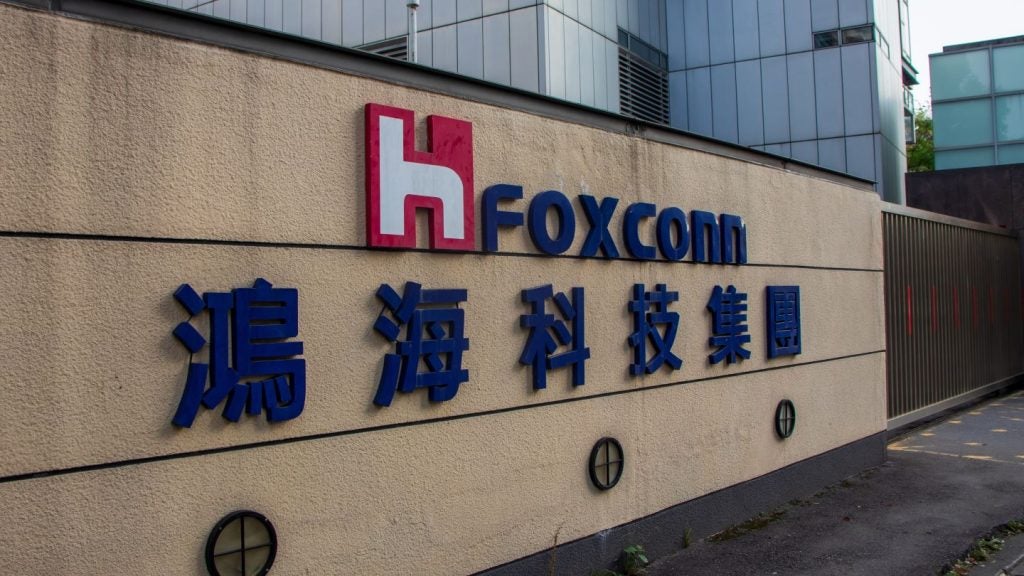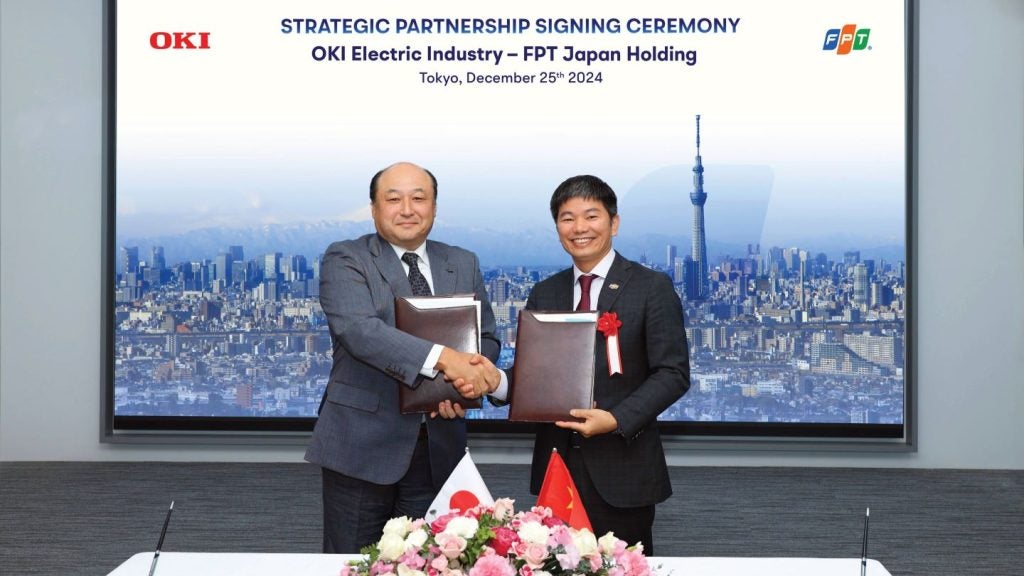The technology industry continues to be a hotbed of patent innovation. Activity is driven by the escalating demand for agile and adaptable network infrastructures to support emerging technologies such as 5G and Internet of Things (IoT), as well as reduced capital expenditure, enhanced resource utilization, and simplified network management. The growing importance of technologies such as software-defined networking (SDN), network functions virtualization (NFV), and edge computing, further propel its growth. In the last three years alone, there have been over 1.5 million patents filed and granted in the technology industry, according to GlobalData’s report on Cloud in technology: autonomous network virtualization. Buy the report here.
According to GlobalData’s Technology Foresights, which uses over 1.6 million patents to analyze innovation intensity for the technology industry, there are 185+ innovation areas that will shape the future of the industry.
Autonomous network virtualization is a key innovation area in cloud
Autonomous network virtualization is a method that enables automatic allocation and administration of network resources in response to real-time network conditions and user requirements.
GlobalData’s analysis also uncovers the companies at the forefront of each innovation area and assesses the potential reach and impact of their patenting activity across different applications and geographies. According to GlobalData, there are 1300+ companies, spanning technology vendors, established technology companies, and up-and-coming start-ups engaged in the development and application of autonomous network virtualization.
Key players in autonomous network virtualization – a disruptive innovation in the technology industry
‘Application diversity’ measures the number of applications identified for each patent. It broadly splits companies into either ‘niche’ or ‘diversified’ innovators.
‘Geographic reach’ refers to the number of countries each patent is registered in. It reflects the breadth of geographic application intended, ranging from ‘global’ to ‘local’.
Patent volumes related to autonomous network virtualization
| Company | Total patents (2010 - 2022) | Premium intelligence on the world's largest companies |
| ZTE | 255 | Unlock Company Profile |
| AT&T | 299 | Unlock Company Profile |
| Deutsche Telekom | 83 | Unlock Company Profile |
| Qualcomm | 120 | Unlock Company Profile |
| Microsoft | 301 | Unlock Company Profile |
| Siemens | 120 | Unlock Company Profile |
| State Grid Corporation of China | 195 | Unlock Company Profile |
| Hitachi | 102 | Unlock Company Profile |
| Bank of America | 85 | Unlock Company Profile |
| Citrix Systems | 73 | Unlock Company Profile |
| Dell Technologies | 176 | Unlock Company Profile |
| China Southern Power Grid | 74 | Unlock Company Profile |
| Nokia | 396 | Unlock Company Profile |
| Juniper Networks | 217 | Unlock Company Profile |
| Telefonaktiebolaget LM Ericsson | 708 | Unlock Company Profile |
| Tencent | 114 | Unlock Company Profile |
| VMware | 227 | Unlock Company Profile |
| Nippon Telegraph and Telephone | 179 | Unlock Company Profile |
| IBM | 594 | Unlock Company Profile |
| Ciena | 75 | Unlock Company Profile |
| Lumen Technologies | 173 | Unlock Company Profile |
| BT Group | 126 | Unlock Company Profile |
| NEC | 336 | Unlock Company Profile |
| Intel | 431 | Unlock Company Profile |
| China Mobile Communications Group | 93 | Unlock Company Profile |
| ASSIA | 85 | Unlock Company Profile |
| Wangsu Science & Technology | 72 | Unlock Company Profile |
| Verizon Patent And Licensing | 119 | Unlock Company Profile |
| Adaptive Spectrum And Signal Alignment | 71 | Unlock Company Profile |
Source: GlobalData Patent Analytics
Among the companies innovating in cloud in autonomous network virtualization, Telefonaktiebolaget LM Ericsson is one of the leading patents filers. The company’s patents are aimed at developing techniques for maintaining nodes within a communication network. One method is provided for minimizing disruption during the maintenance of an edge gateway node in a communication network. The node serves as a bridge, linking multiple devices to services within the network. The devices include those capable of connecting to the network's cloud environment independently of the edge gateway node (termed as first devices) as well as those unable to do so (termed as second devices). The method involves creating virtual counterparts for the second devices, equipped with predictive models trained to mimic the data output of their respective second devices.
Throughout the maintenance period of the edge gateway node, the virtual devices are configured to link to a virtual edge gateway node established in the cloud environment. Simultaneously, at least one of the first devices is set up to connect to this virtual edge gateway node. Other prominent patent filers in the space include Huawei and Cisco Systems.
In terms of application diversity, Huawei leads the pack, while Telefonaktiebolaget LM Ericsson and Cisco Systems stood in the second and third positions, respectively. By means of geographical reach, Adaptive Spectrum and Signal Alignment held the top position, followed by Lumen Technologies and ASSIA.
Cloud innovation in autonomous network virtualization enables automatic allocation and optimization of network resources in response to real-time conditions and user demands. This paradigm shift enhances scalability, flexibility, and resource utilization in network infrastructures. It is particularly crucial in supporting emerging technologies such as 5G, Internet of Things (IoT), and edge computing. Furthermore, it leads to reduced capital expenditure and streamlined network management, driving operational efficiency.
To further understand the key themes and technologies disrupting the technology industry, access GlobalData’s latest thematic research report on Technology.
Data Insights
From

The gold standard of business intelligence.
Blending expert knowledge with cutting-edge technology, GlobalData’s unrivalled proprietary data will enable you to decode what’s happening in your market. You can make better informed decisions and gain a future-proof advantage over your competitors.







